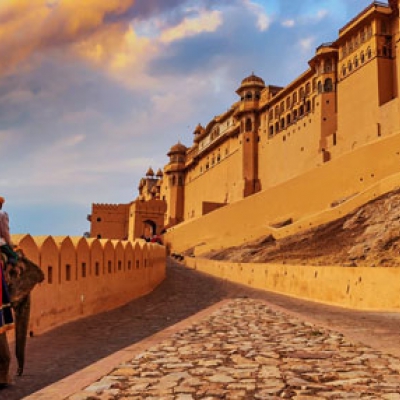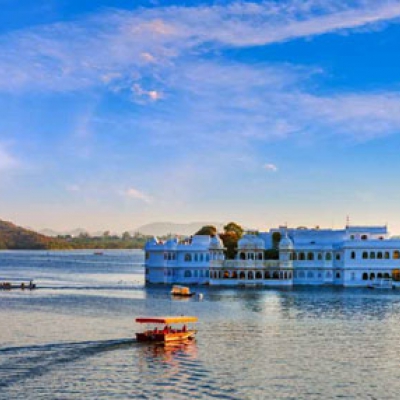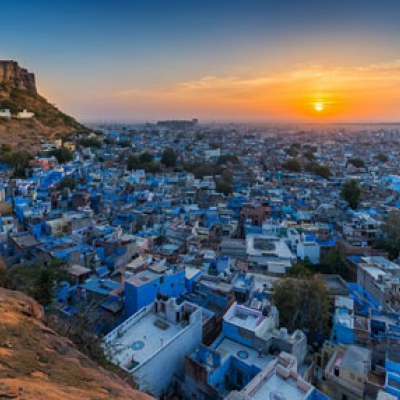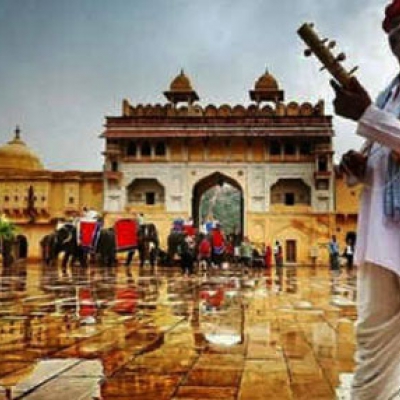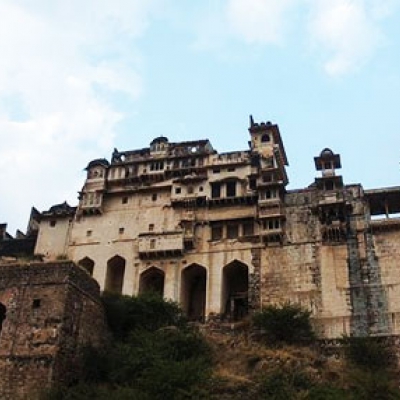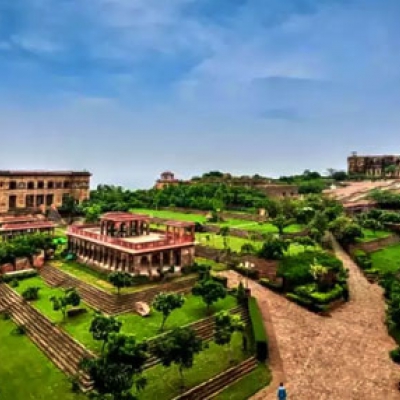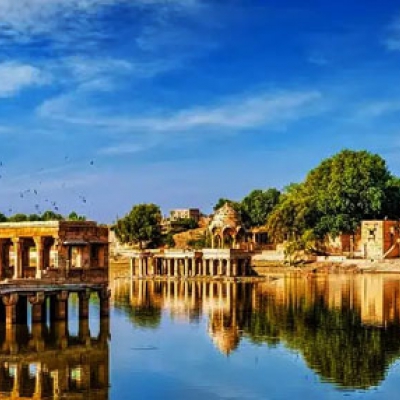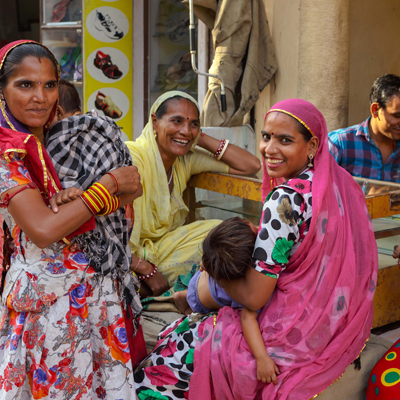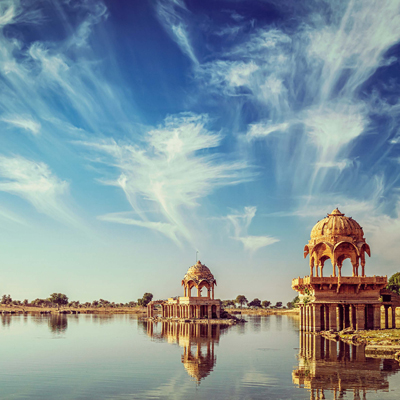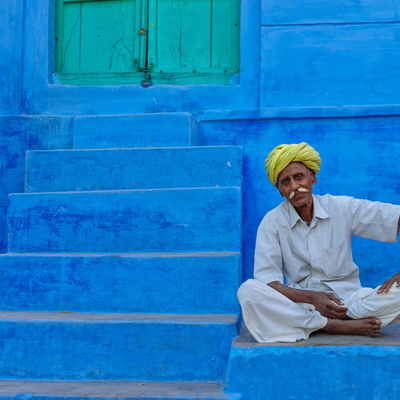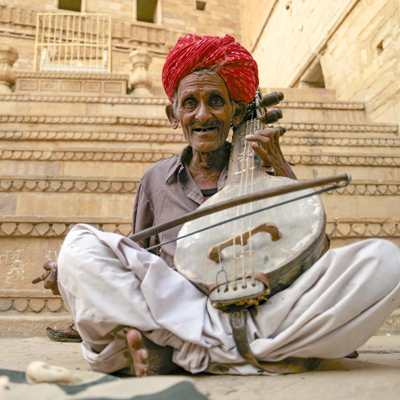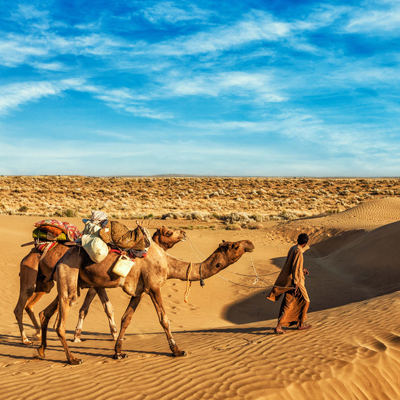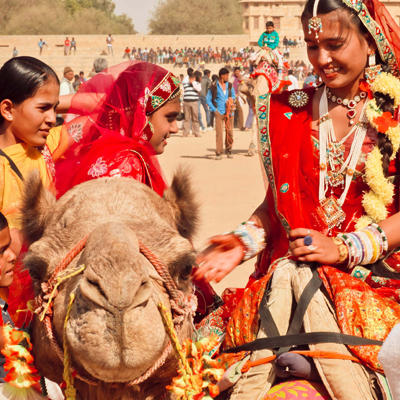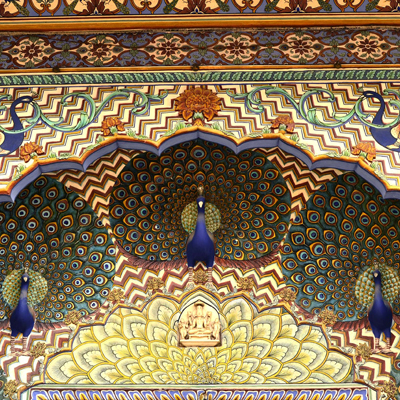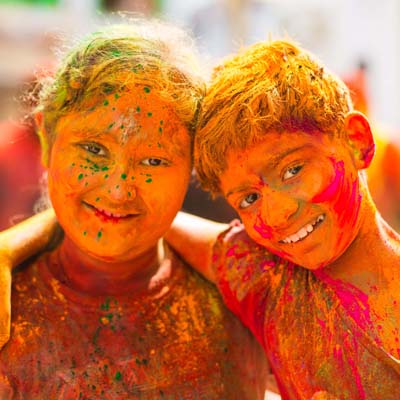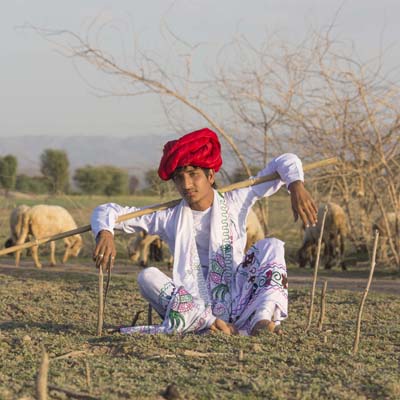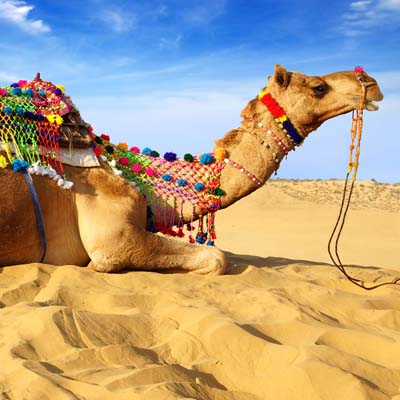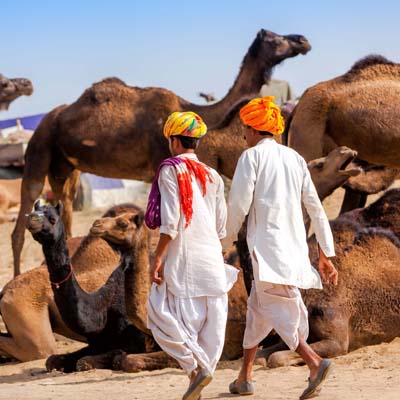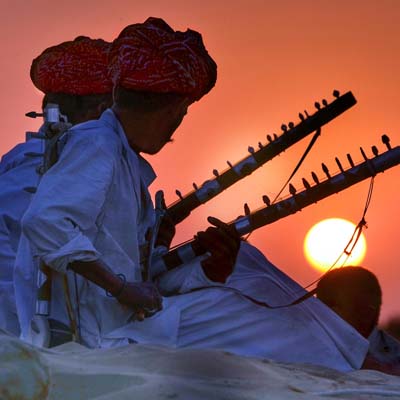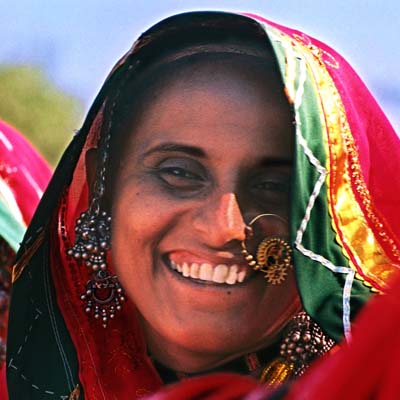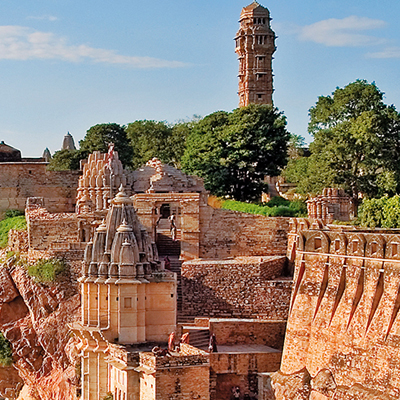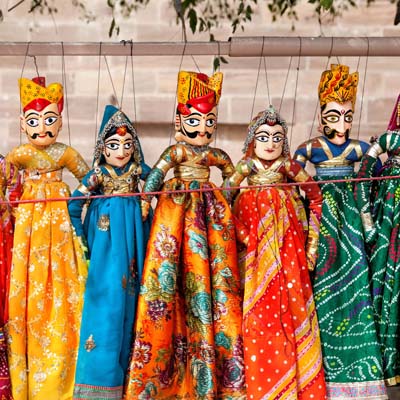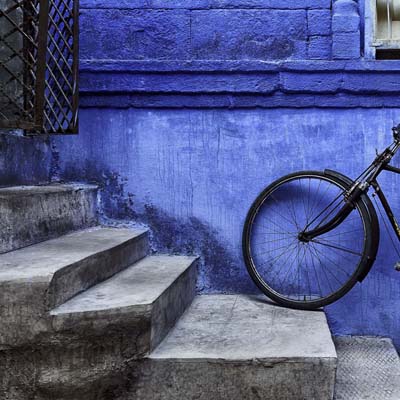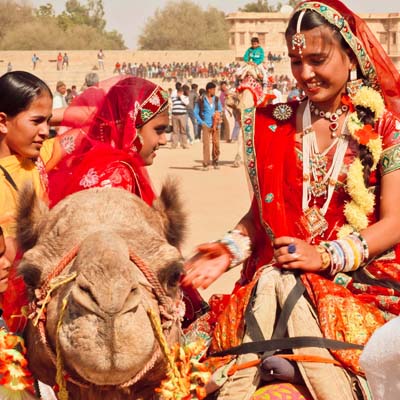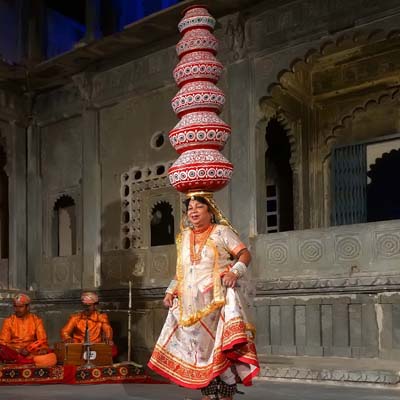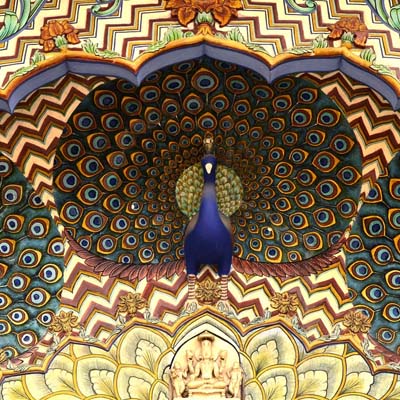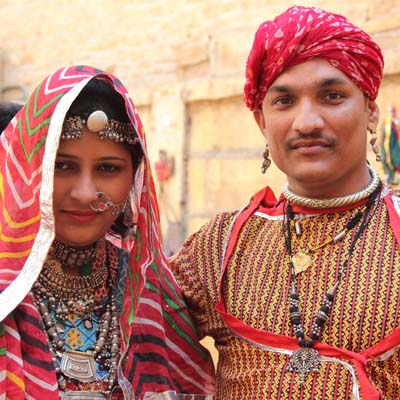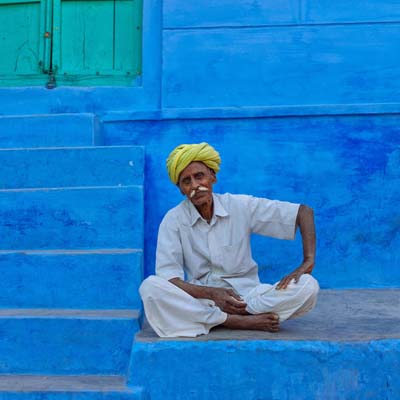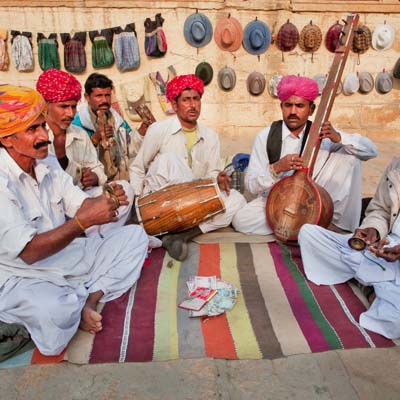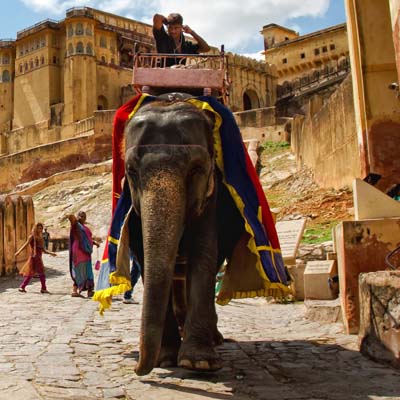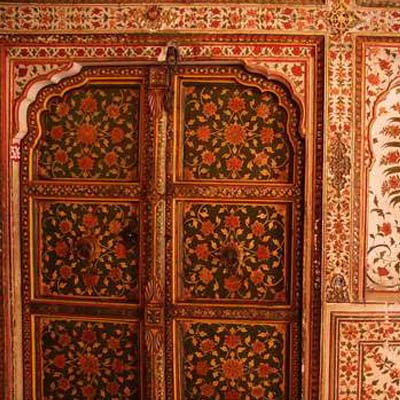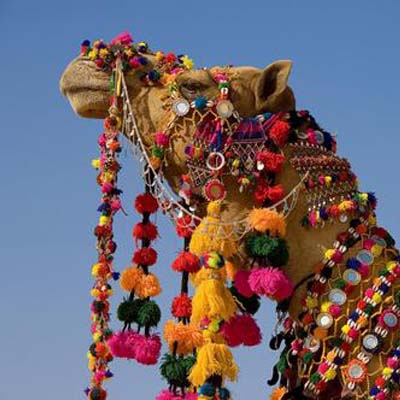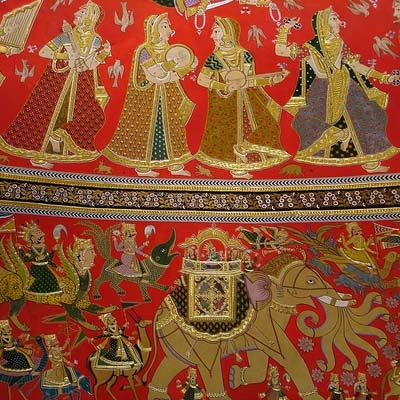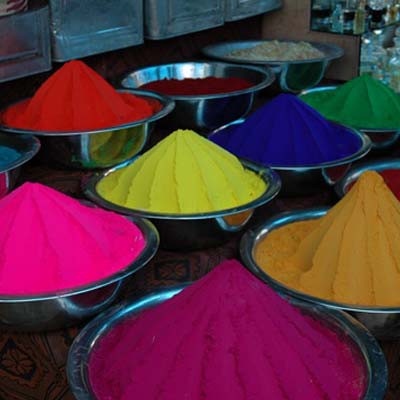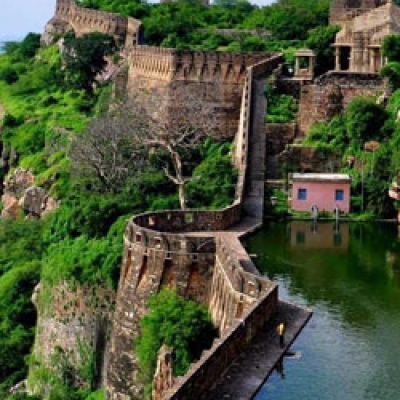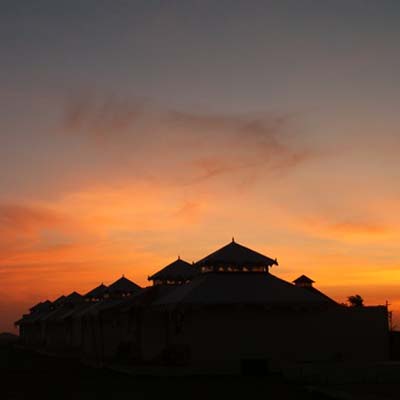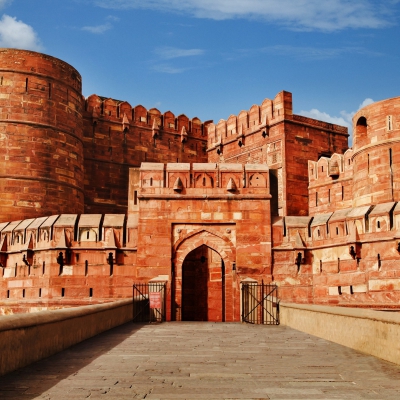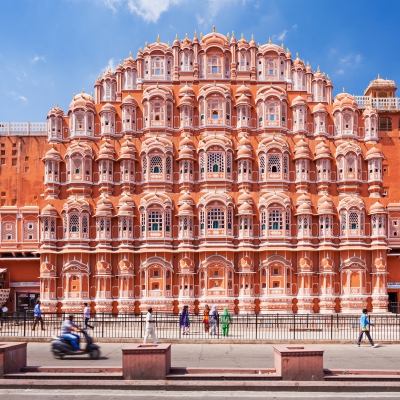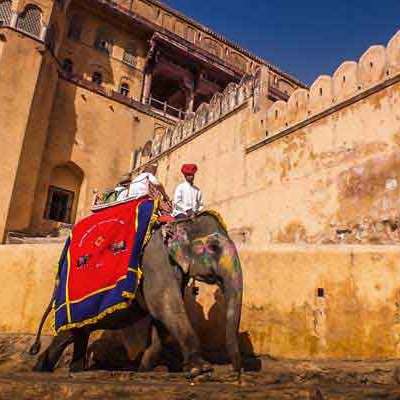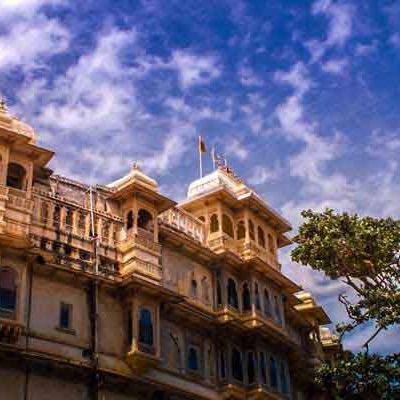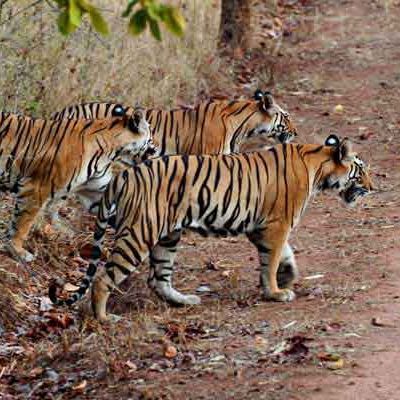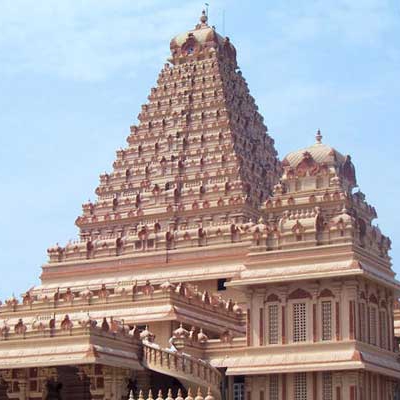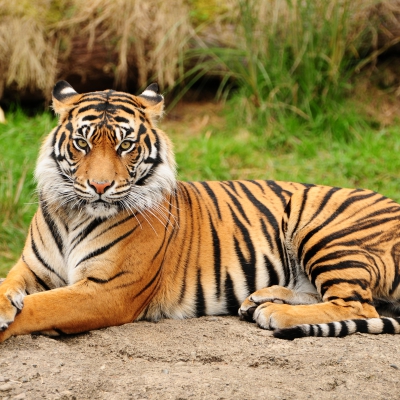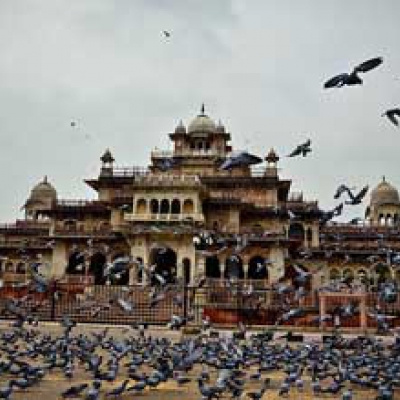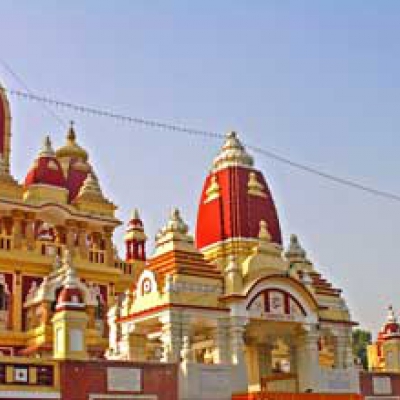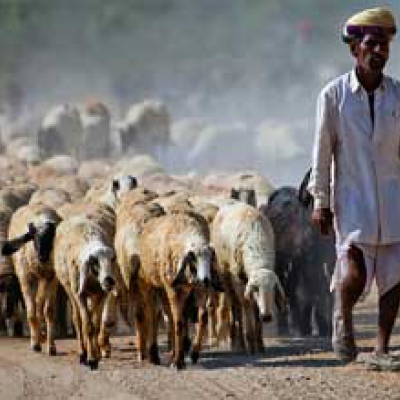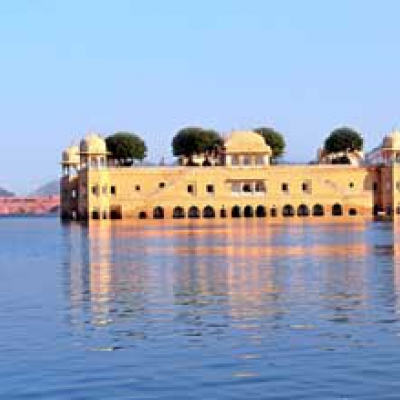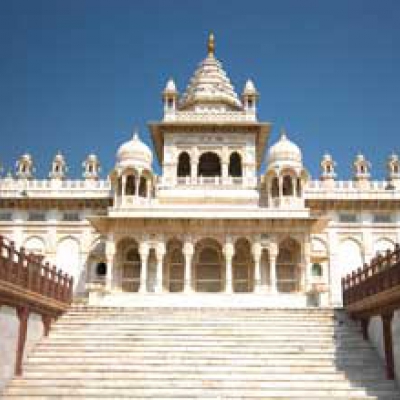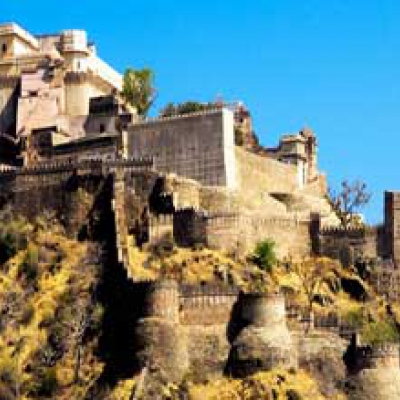Painted pink by Raja Ram Singh to welcome the Prince of Wales, the capital of Rajasthan and a part of the “Golden Triangle”, Jaipur continues to welcome and attract tourists from around the globe even today.
Jaipur - City Guide
Named after its founder Maharaja Jai Singh II, the city was built in 1727. It was one of the well – planned cities of Medieval India and was based on Shilpa Shastra, the Hindu “science of architecture”. Today it’s the perfect blend of heritage and modernization with infrastructure and modern transportation amidst the old Palaces, monuments and culture. The city becomes the main gateway to the state of Rajasthan.
Jaipur boasts of holding two World Heritage Sites, the Jantar Mantar and the Amer Fort, both known for the Rajput architecture and clever designing of engineers from Medieval India.
The Equinoctial sundial of Jantar Mantar still remains a reward to India by the engineers, as it also has the world’s largest stone sundial. On the other hand, the Amber Fort of the small town of Amer, is the perfect example of Hindu styled architecture. Other attractions like the Hawa Mahal with 953 windows shaped like the honey comb of a beehive are a landmark in the Pink City.
One gets the better understanding of Jaipur’s culture and tradition through its people, who continue to showcase their ethnicity. Right from their attire to the music and instruments they play, they speak of their culture with pride. As a traveler you will continue to see women in colorful ghagras cholis (long skirts and stoles) and men with their dhotis and twisted moustache, a trademark of Rajput men. Women selling carved metals and ornaments are a common sight in the market. The Bapu Bazar of Jaipur is a main stop to shop for some dresses with bandhni print, foot wears, accessories and Rajathani textiles.
Jaipur is also famous for its Festival of “Teej”, celebrated in August, during which the women pray for their husbands and participate in the cultural procession. The largest free literacy fair or the “Jaipur Literature Fair” celebrated in January attracts intellectuals and bookworms from across the globe. These prove to be the best time to learn more about the culture, art and tradition of Jaipur.
Climatic Condition
With semi – arid climate, the climate remains on the higher side. While the day remains hot, the nights are colder with sudden fall in temperature. November to February proves to be milder with temperatures of 10° C to 20° C, while summers range up to 32° C to 45° C. Monsoons begin from June to August, and experiences thunderstorms and heavy rainfall.
Major Attractions
Hawa Mahal, Jantar Mantar, Amer Fort, Albert Hall Museum, City Palace, Jal Mahal, Abhaneri Step Well, Bapu Bazar
Best Time To Visit
November to February
